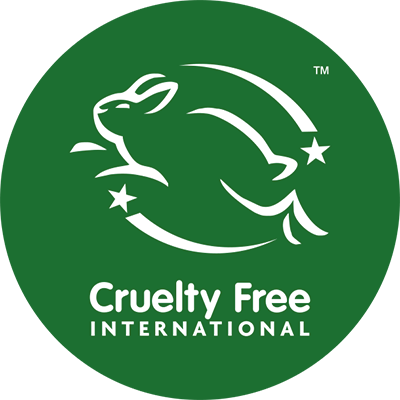01
Diet and its Impact on Skin Health
A balanced diet is essential in promoting your skin’s health, and certain foods can contribute to acne breakouts, including blackheads. Sugar-rich foods such as white bread, pastries, and sodas cause the blood sugar to spike, which stimulates excess sebum production and promotes inflammation. Dairy products may influence hormone levels… Food for thought when reaching for a snack!
The good news is that foods that help prevent blackheads are good for your overall health, because they are rich in antioxidants, omega-3 fatty acids, and vitamins. These include berries, green tea, dark leafy greens, salmon, walnuts, sweet potatoes, carrots, and pumpkin seeds.
Overall, opt for whole grains rather than processed carbs, and choose plant-based options over dairy products. You might also include probiotic foods such as yogurt and kombucha to support your gut health, which fosters clear skin. And remember to stay hydrated by drinking lots of water!
A balanced diet is essential in promoting your skin’s health, and certain foods can contribute to acne breakouts, including blackheads. Sugar-rich foods such as white bread, pastries, and sodas cause the blood sugar to spike, which stimulates excess sebum production and promotes inflammation. Dairy products may influence hormone levels… Food for thought when reaching for a snack!
The good news is that foods that help prevent blackheads are good for your overall health, because they are rich in antioxidants, omega-3 fatty acids, and vitamins. These include berries, green tea, dark leafy greens, salmon, walnuts, sweet potatoes, carrots, and pumpkin seeds.
Overall, opt for whole grains rather than processed carbs, and choose plant-based options over dairy products. You might also include probiotic foods such as yogurt and kombucha to support your gut health, which fosters clear skin. And remember to stay hydrated by drinking lots of water!









